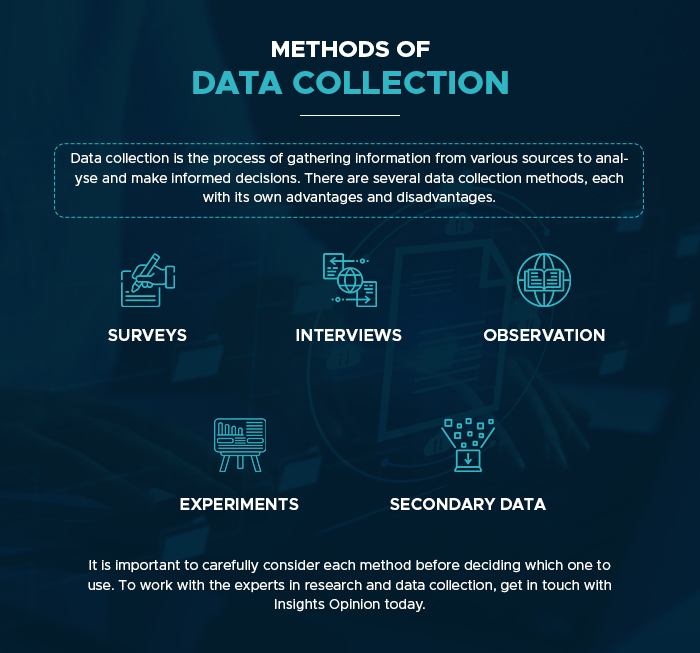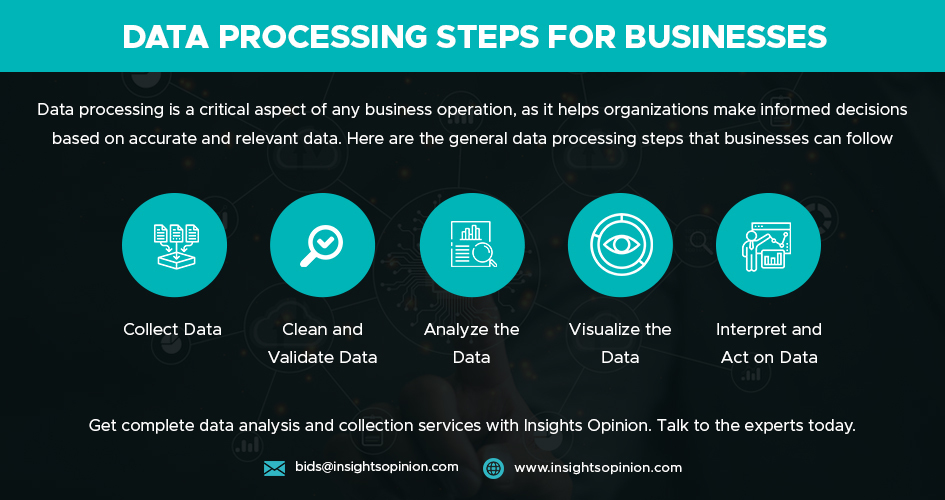Primary market research is all about giving you an idea about the customer’s needs. It is a crucial tool for companies to understand their market, make smart decisions, and stay ahead of the competition. This blog will explore how to do primary market research, its benefits, and the roles of qualitative and quantitative research services. Let’s start with primary market research, a key player in shaping successful business strategies.

How Companies Do Primary Market Research
Primary market research objectives is how companies get to know what their customers want. Here is a look at the different ways they do this:
- Surveys and Questionnaires: These are like quizzes that companies give to many people. They ask questions to learn about what customers like or do not like. These can be done online, over the phone, or on paper.
- Interviews: This is when companies talk to people one-on-one. They ask detailed questions to understand customers’ thoughts and feelings about their products or services.
- Focus Groups: In a focus group, a small group of people talk about what they think of a product or service. It is like a group discussion where everyone shares their opinions.
- Watching How People Act: Sometimes, companies watch how people use their products in real life. This helps them see how their products are used and what needs to be improved.
- Trying Products in a Small Area: Before selling a product everywhere, companies might first sell it in just one place. This lets them see how well it does and what people think about it.
- Studying How People Use Websites or Apps: Companies examine how people use their websites or apps. They want to make sure people can find what they need easily.
- Living around the Customers: Sometimes, researchers spend time in the places where their customers live or work. This helps them understand customers’ lives and what they really need.
Each of these ways helps companies learn something important about their customers. By putting all these pieces of information together, companies can make better products and services that people will like.
The Benefits of Doing Primary Market Research for Companies
Primary market research is useful for companies because it is like directly conversing with customers. Here is why it is so helpful:
- Talking Directly to Customers: It is like getting first-hand information from your customers about what they like and do not like. This helps you understand them better.
- Making Smarter Choices: With this information, companies can make better decisions. It is like having a guide that shows you what your customers want.
- Keeping Up with What’s New: This research helps you see trends early. That way, you can offer things customers will want in the future, not just now.
- Making Products Just Right: Companies can change their products or services to fit customers’ needs. It is like transforming your products to make your customers happy.
- Better Ads and Promotions: When you know your customers well, you can make ads that speak to them. It is like creating messages you know will connect with the people you are trying to reach.
- Less Risky Business Moves: Starting something new, like a product or moving into a new market, can be less risky. This research tells you what to expect so there are fewer surprises.
- Stronger Connections with Customers: This research shows customers that you care about their thoughts. This builds trust and makes them feel more connected to your company.
- Saving Money Over Time: Although it seems like a lot of effort initially, this research can save companies money. You avoid costly mistakes by making and selling things that people really want.
Qualitative Market Research Services
Qualitative market research services are all about understanding the ‘why’ behind customer behaviour. It includes:
- In-depth Interviews: These provide a deep understanding of consumer motivations and attitudes.
- Group Discussions: Group discussions help get a range of viewpoints and deeper insights into market trends.
- Observing Customers: It involves observing customers’ environment to understand how they use products or services.
Quantitative Data Analysis Services
Quantitative research is about numbers and statistics. It involves:
- Surveys and Polls: Large-scale surveys provide a broad overview of market trends and preferences.
- Statistical Analysis: This turns survey data into clear insights, showing patterns and trends in the market.
- Market Segmentation: It helps divide the market into specific groups based on various criteria like demographics or buying habits.
Conclusion: Insights Opinion – Your Guide to Primary Market Research
So, if you are searching how to do primary market research, these are the answers. It provides the insights to make informed decisions and tailor strategies to customer needs. Whether through deep qualitative insights or broad quantitative data, primary market research is a fundamental tool for any business looking to succeed. When navigating this terrain, Insights Opinion stands out as a market research company in India, offering the best in both qualitative and quantitative data analysis services. With their expertise, Insights Opinion is your ideal partner in the exciting journey of primary market research.
FAQs
What Is Primary Market Research?
Answer: It is when companies gather new information directly from sources like customers or potential buyers. They use surveys, interviews, and other methods to learn what people think and want.
Why Do Companies Do Primary Market Research?
Answer: Companies do this to understand their customers better. It helps them make products or services people want and improve their offer.
What is the Difference Between Surveys and Interviews?
Answer: Surveys are like questionnaires that many people answer. Interviews are more in-depth and involve talking to people one-on-one for detailed feedback.
How Important Are Focus Groups in Market Research?
Answer: Focus groups are really important. They bring a group of people together to discuss a product or service, which helps companies get various opinions and ideas.
Can Small Businesses Do Primary Market Research?
Answer: Yes! Even small businesses can do primary market research. It can be as simple as talking to customers or sending out a survey to understand their needs or wants.

